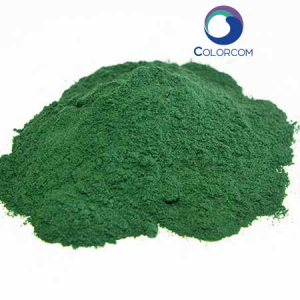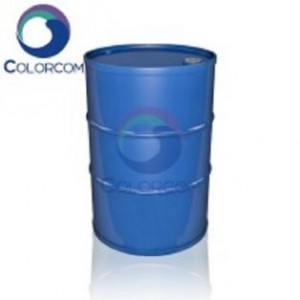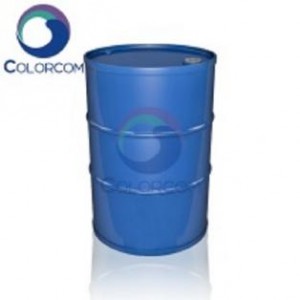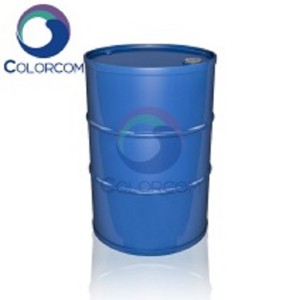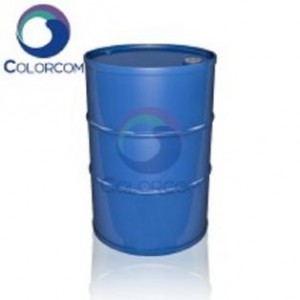Toluene | 108-88-3
Product Physical Data:
| Product Name |
Toluene |
| Properties |
colorless transparent liquid with aromatic odor similar to benzene |
| Melting Point(°C) |
-94.9 |
| Boiling Point(°C) |
110.6 |
| Relative density (Water=1) |
0.87 |
| Relative vapour density (air=1) |
3.14 |
| Saturated vapour pressure (kPa) |
3.8(25°C) |
| Heat of combustion (kJ/mol) |
-3910.3 |
| Critical temperature (°C) |
318.6 |
| Critical pressure (MPa) |
4.11 |
| Octanol/water partition coefficient |
2.73 |
| Flash point (°C) |
4 |
| Ignition temperature (°C) |
480 |
| Upper explosion limit (%) |
7.1 |
| Lower explosion limit (%) |
1.1 |
| Solubility | Insoluble in water, miscible with benzene, alcohol, ether and other most organic solvents. |
Product Properties:
1.Oxidised to benzoic acid by strong oxidising agents such as potassium permanganate, potassium dichromate and nitric acid. Benzoic acid is also obtained by oxidation with air or oxygen in the presence of a catalyst. Benzaldehyde is obtained by oxidation with manganese dioxide in the presence of sulphuric acid at 40°C or less. A reduction reaction catalysed by nickel or platinum produces methylcyclohexane. Toluene reacts with halogens to form o- and para-halogenated toluene using aluminium trichloride or ferric chloride as catalysts. Under heat and light, it reacts with halogens to form benzyl halide. Reaction with nitric acid produces o- and para-nitrotoluene. If nitrified with mixed acids (sulphuric acid + nitric acid) 2,4-dinitrotoluene can be obtained; continued nitration produces 2,4,6-trinitrotoluene (T.N.T.). Sulfonation of toluene with concentrated sulphuric acid or fuming sulphuric acid produces o- and para-methylbenzenesulphonic acid. Under the catalytic action of aluminium trichloride or boron trifluoride, toluene undergoes alkylation with halogenated hydrocarbons, olefins, and alcohols to give a mixture of alkyl toluene. Toluene reacts with formaldehyde and hydrochloric acid in a chloromethylation reaction to produce o- or para-methylbenzyl chloride.
2.Stability: Stable
3.Prohibited substances: Strong oxidants, acids, halogens
4.Polymerisation hazard: Non-polymerisation
Product Application:
1.It is widely used as organic solvent and raw material for synthetic medicine, paint, resin, dyestuff, explosives and pesticide.
2.Toluene can be used as raw material for producing benzene and many other chemical products. Such as paints, varnishes, lacquers, adhesives and ink manufacturing industry and the thinner used in the formulation of the water, resin solvents; chemical and manufacturing solvents. It is also the raw material for chemical synthesis. It can also be used as a blending component in gasoline to increase octane, and as a solvent for paints, inks and nitrocellulose. In addition, toluene has excellent solubility of organic matter, is an organic solvent with a wide range of uses. Toluene is easy to chlorinate, generate benzene & mdash; chloromethane or benzene trichloromethane, they are good solvents on the industry; it is also easy to nitrate, generate p-nitrotoluene or o-nitrotoluene, they are raw materials for dyes; it is also easy to sulphonate, generating o-toluenesulphonic acid or p-toluenesulphonic acid, they are raw materials to do dyes or saccharine production. Toluene vapour mixes with air to form explosive substances, so it can make TST explosives.
3.Leaching agent for plant constituents. Used in large quantities as a solvent and as an additive to high-octane petrol.
4.Used as an analytical reagent, such as solvents, extraction and separation agents, chromatographic reagents. Also used as cleaning agent, and used in dyes, spices, benzoic acid and other organic synthesis.
5.Used in the composition of doped gasoline and as the main raw material for the production of toluene derivatives, explosives, dye intermediates, drugs and so on.
Product Storage Notes:
1.Store in a cool, ventilated warehouse.
2.Keep away from fire and heat source.
3.The storage temperature should not exceed 37°C.
4.Keep the container sealed.
5.It should be stored separately from oxidising agents, and should never be mixed.
6.Use explosion-proof lighting and ventilation facilities.
7.Prohibit the use of mechanical equipment and tools that are easy to generate sparks.
8.The storage area should be equipped with leakage emergency treatment equipment and suitable shelter materials.





